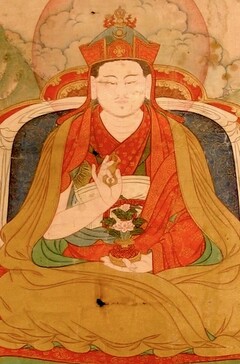Chokgyur Dechen Lingpa Series
English (113) | Deutsch (7) | Español (7) | Français (8) | Português (1) | Italiano (1) | Nederlands (1) | 中文 (6) | བོད་ཡིག (113)
Texts by and about the famous tertön Chokgyur Dechen Lingpa (mchog gyur bde chen gling pa, 1829–1870):
